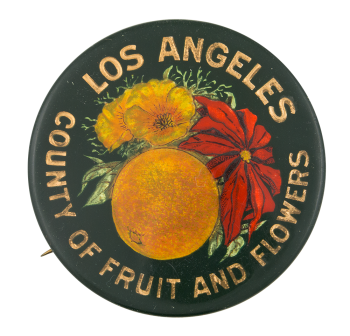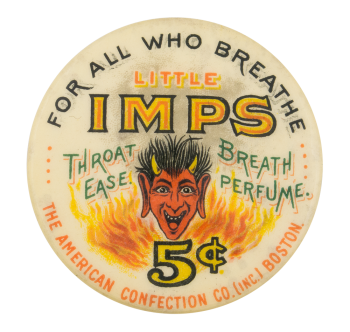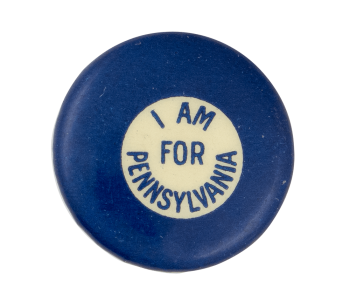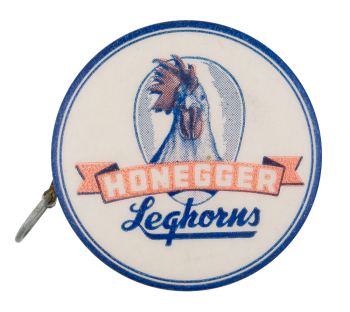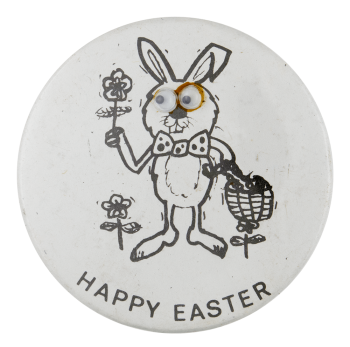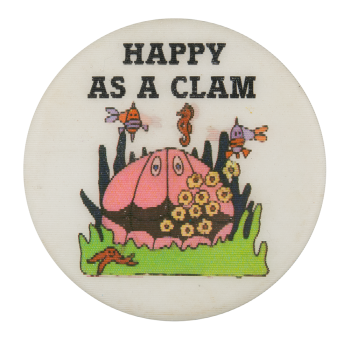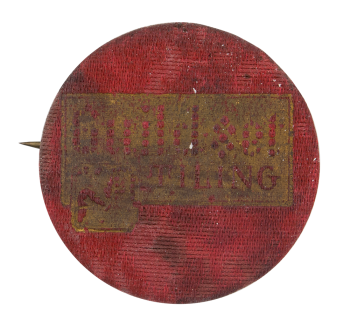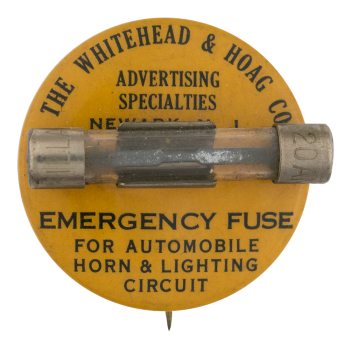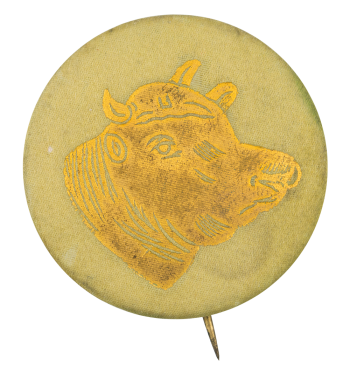Los Angeles County
| Category | |
|---|---|
| Additional Images | |
| Sub Categories | |
| Text on Button | LOS ANGELES COUNTY OF FRUIT AND FLOWERS |
| Image Description | Dark green background with gold letters with a red poinsettia, and orange poppies on top of green leaves. The crystoglas button gives an interesting 3D effect through embossing the metal and printing directly on the celluloid. |
| Back Style | |
| The Shape | |
| The Size | |
| Year / Decade Made | |
| The Manufacturer | |
| Additional Information | Los Angeles County is a county in the state of California. It is the second largest metropolitan area in the United States and includes the islands of San Clemente and Santa Catalina. The button depicts two flowers associated with this part of the country, the California Poppy (which is the California state flower) and the poinsettia which is native to nearby Mexico. It also depicts an Orange which is one of the major fruits produced in California. This button was made using the crystoglas process, which was developed by Whitehead and Hoag and used around 1915. Crystoglas buttons are produced by placing clear celluloid on certain areas of the front of the button with colored foil underneath over a stamped metal background. The process was not used often due to the high cost. |
| Catalog ID | IN0001 |

